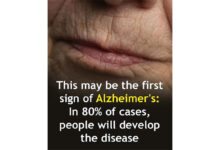Doctor Reveals 7 Health Conditions You Can Spot By Just Checking Your Nails
Your fingernails may seem like a small, often overlooked part of your body, but they can actually reveal a lot about your overall health. By paying attention to changes in the shape, color, and texture of your nails, you can gain valuable insights into your body’s internal condition. In fact, anomalies such as alterations in the appearance of your nails can sometimes be an early warning sign of various health conditions, ranging from psoriasis and heart disease to more serious issues like cancer.
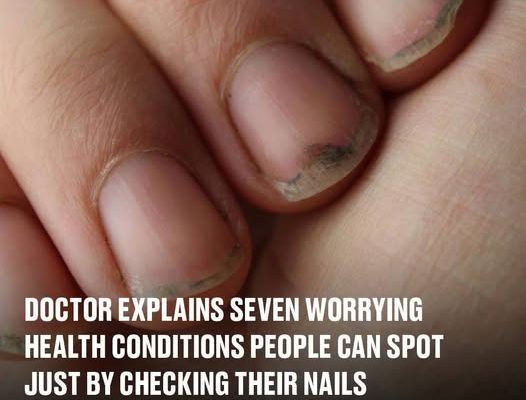
However, it’s important to understand that not every change in your nails should be a cause for alarm. In many cases, minor changes in the appearance of your nails may simply be a result of more benign factors such as injury, aging, poor nutrition, or exposure to moisture. It’s vital to approach nail health with a balanced perspective, as not every discoloration or deformation is a symptom of something serious.
Dr. Sara Norris, a naturopathic doctor based in Los Angeles, explains that for most people, nail health issues are often linked to dietary habits or digestive health. “Brittle, weak, and peeling nails are among the most common concerns I encounter in my practice,” Dr. Norris says. “These problems are more frequently a result of inadequate nutrition rather than being symptoms of systemic diseases.” It’s worth noting that when your nails start to show signs of weakness, it’s often an indication that your body might not be getting all the necessary nutrients it requires to function optimally.
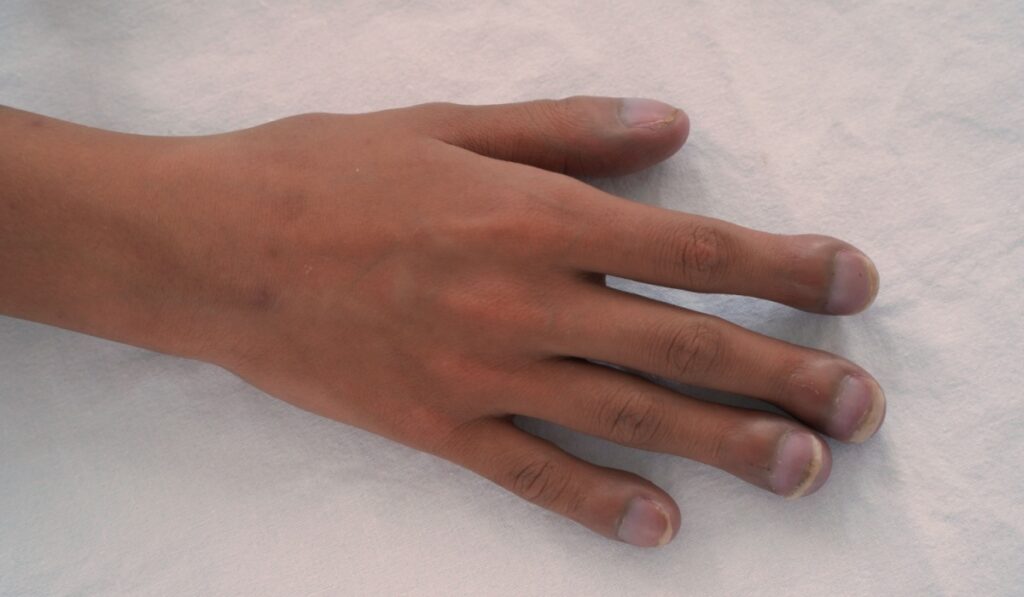
Therefore, it’s important not to jump to conclusions if your nails show signs of distress. Minor issues like dryness, brittleness, or discoloration can often be attributed to non-threatening factors like poor diet, dehydration, or even just the natural aging process. However, if these problems persist or are accompanied by other symptoms, such as fatigue, weakness, swelling, heart palpitations, or unexplained weight loss, it’s a good idea to consult a healthcare professional. Persistent or severe symptoms might be an indication of an underlying health issue that requires attention.
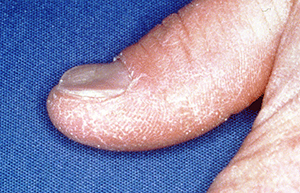
One common sign to look out for is Beau’s lines, which are deep grooves or indentations that run horizontally across the nails. Dr. Bhavini Shah, a medical expert from Lloyds Pharmacy Online Doctor, explains that these lines appear when nail growth temporarily slows or stops. This interruption in nail growth is often caused by a significant illness or infection. “Some people, for example, developed Beau’s lines after contracting COVID-19,” says Dr. Shah. “In severe cases, this can lead to a complete stoppage in nail growth, which is referred to as onychomadesis.”

While Beau’s lines can often appear without major consequences, it’s important to stay alert if they recur frequently or if you’re also experiencing other troubling symptoms. If you suspect that your nails are showing signs of onychomadesis, it’s advisable to speak with a medical professional to understand the cause and explore possible treatment options.
Another condition that can affect the appearance of your nails is clubbing, which involves the fingertips and nails curving downward. As the nails change shape, the fingertips begin to swell, causing discomfort and potentially making the condition more noticeable over time. Dr. Shah notes that while red or purple lines under the nails are often the result of injury, they can sometimes indicate a more serious health condition, such as heart disease. “If you notice these discolorations and don’t recall injuring your nails, it’s a good idea to book an appointment with your doctor, as they may be a symptom of heart disease,” Dr. Shah advises.
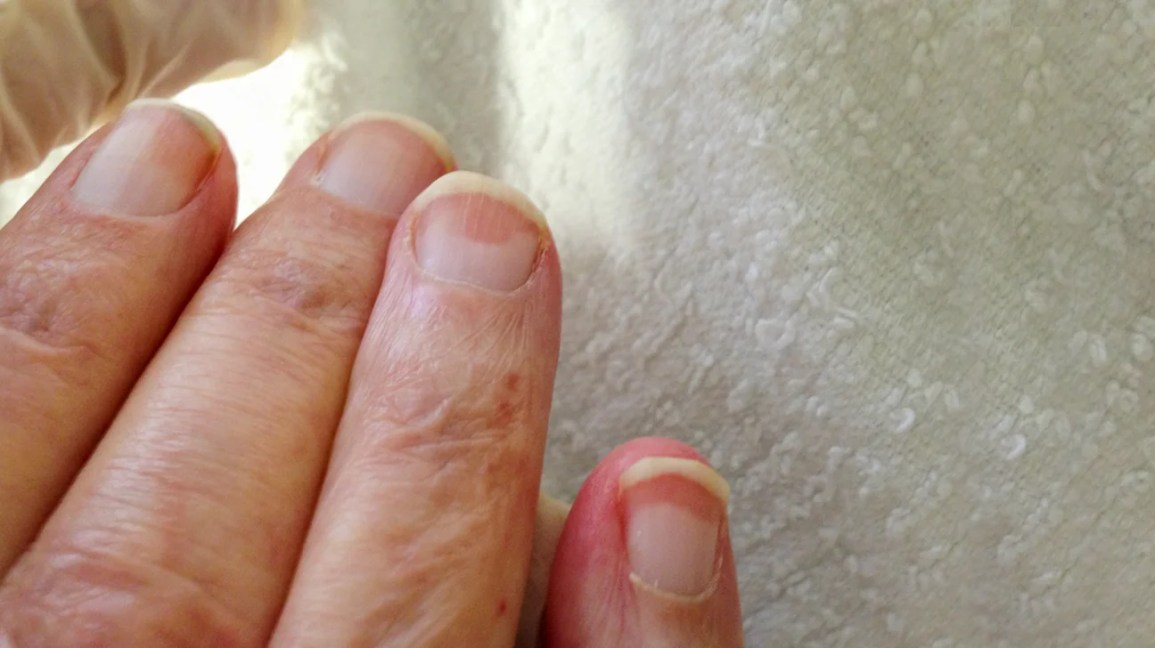
Clubbing can be a telltale sign of heart disease, which remains one of the leading causes of death worldwide. The condition occurs when the nails curve over the tips of the fingers or toes, resulting in a bulbous, rounded appearance. If you notice this symptom, along with other common signs of heart disease—such as extreme fatigue, chest pain, or swollen ankles—it’s crucial to seek medical attention immediately.
Spoon-shaped nails are another sign that can reveal a health issue. This condition, where the nails curve inward to form a concave shape, is often a symptom of iron-deficiency anemia, a condition where your blood lacks sufficient iron. Dr. Shah explains that iron deficiency is common after pregnancy, but it can also result from poor nutrition, digestive disorders, or conditions like celiac disease. Other symptoms of iron-deficiency anemia include tiredness, shortness of breath, pale skin, and headaches.
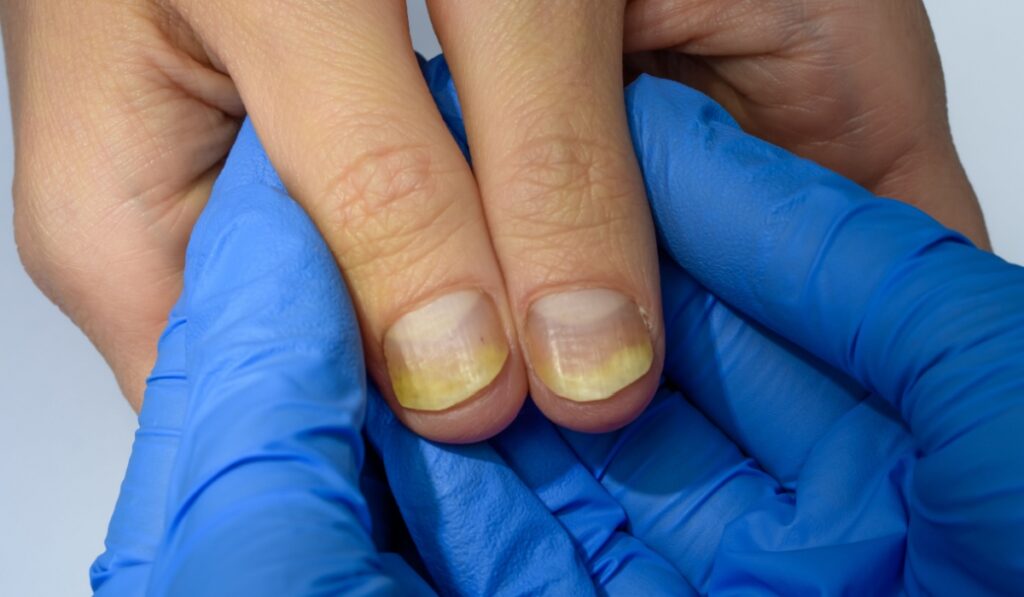
Fortunately, iron-deficiency anemia is relatively easy to treat by improving iron intake through diet or supplements. If you notice spoon-shaped nails or suspect you have anemia, it’s essential to visit your doctor for a blood test to check your red blood cell count and receive appropriate treatment.

In some cases, people with certain skin disorders may develop pitting or denting in their nails. This occurs when small indentations form on the nail’s surface, and it’s commonly seen in individuals with conditions such as psoriasis, eczema, and alopecia areata, which causes hair loss. Dr. Shah highlights that these dents or pits usually appear alongside other visible symptoms. For example, psoriasis causes dry, scaly patches of skin, eczema leads to dry, itchy, cracked skin, and alopecia areata results in patchy hair loss.

If you notice pitting in your nails and suspect it could be related to a skin condition, it’s important to consult a dermatologist for a proper diagnosis. Treatment may not always be necessary, especially for mild cases. However, in more severe situations, doctors may recommend topical treatments, corticosteroid injections, or vitamin D3 therapy, often in conjunction with treatments for the underlying condition.
A more serious nail condition to watch out for is melanoma, a type of skin cancer that can appear on the nails as dark streaks or spots. While not every dark line on a nail is cancerous, melanoma can develop in both fingernails and toenails, and early detection is key for effective treatment. If you spot a dark streak down your nail, it’s important to consult a dermatologist, who can evaluate whether the line is benign or potentially indicative of melanoma.

Terry’s nails is a condition characterized by a white discoloration of the nail bed, which covers two-thirds of the nail. The tip of the nail, however, may retain a red or pink color. This condition can signal liver disease, a serious health issue that requires medical attention. Other symptoms of liver disease include fatigue, yellowing of the skin, and loss of appetite. While Terry’s nails can also occur as a result of aging, they are more commonly linked to conditions such as heart disease and diabetes, which is why it’s crucial to get a proper diagnosis.

Finally, yellow nails are often a sign of a fungal infection, which can cause the nails to thicken, crumble, and retract from the nail bed. While this infection is typically not painful, it can take time to treat. In rare cases, yellow nails could be a symptom of other underlying conditions, such as diabetes, psoriasis, thyroid disease, or lung disease.

In conclusion, your nails can reveal important information about your health, but it’s essential to interpret changes in their appearance with caution. While some nail conditions may be caused by minor issues like poor nutrition or aging, others can point to more serious health problems. If you notice persistent changes in your nails, especially if accompanied by other symptoms such as fatigue, swelling, or pain, it’s always wise to consult a healthcare provider to ensure that any underlying conditions are addressed promptly. Remember, early detection and treatment can make a significant difference in managing health concerns.
